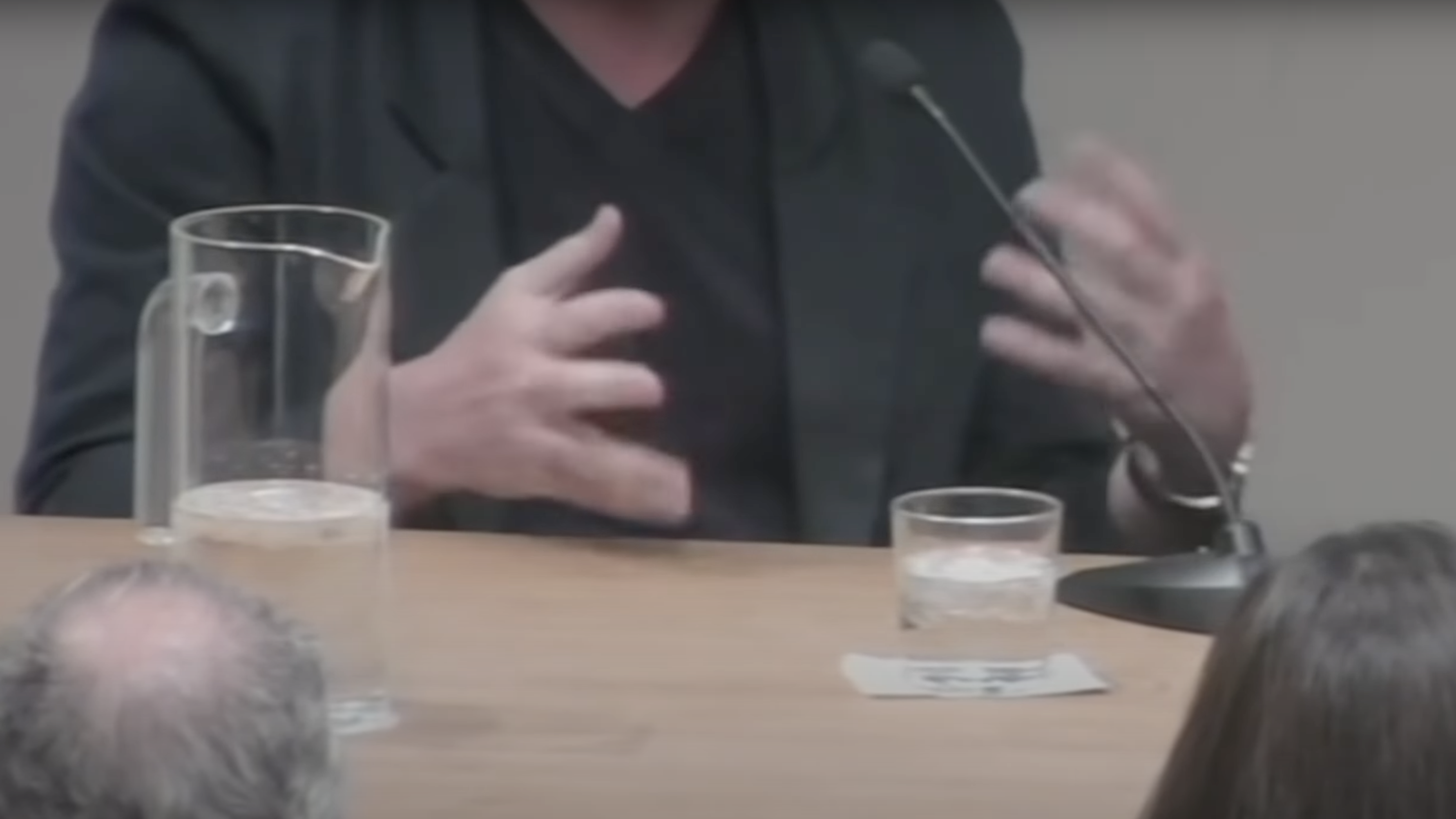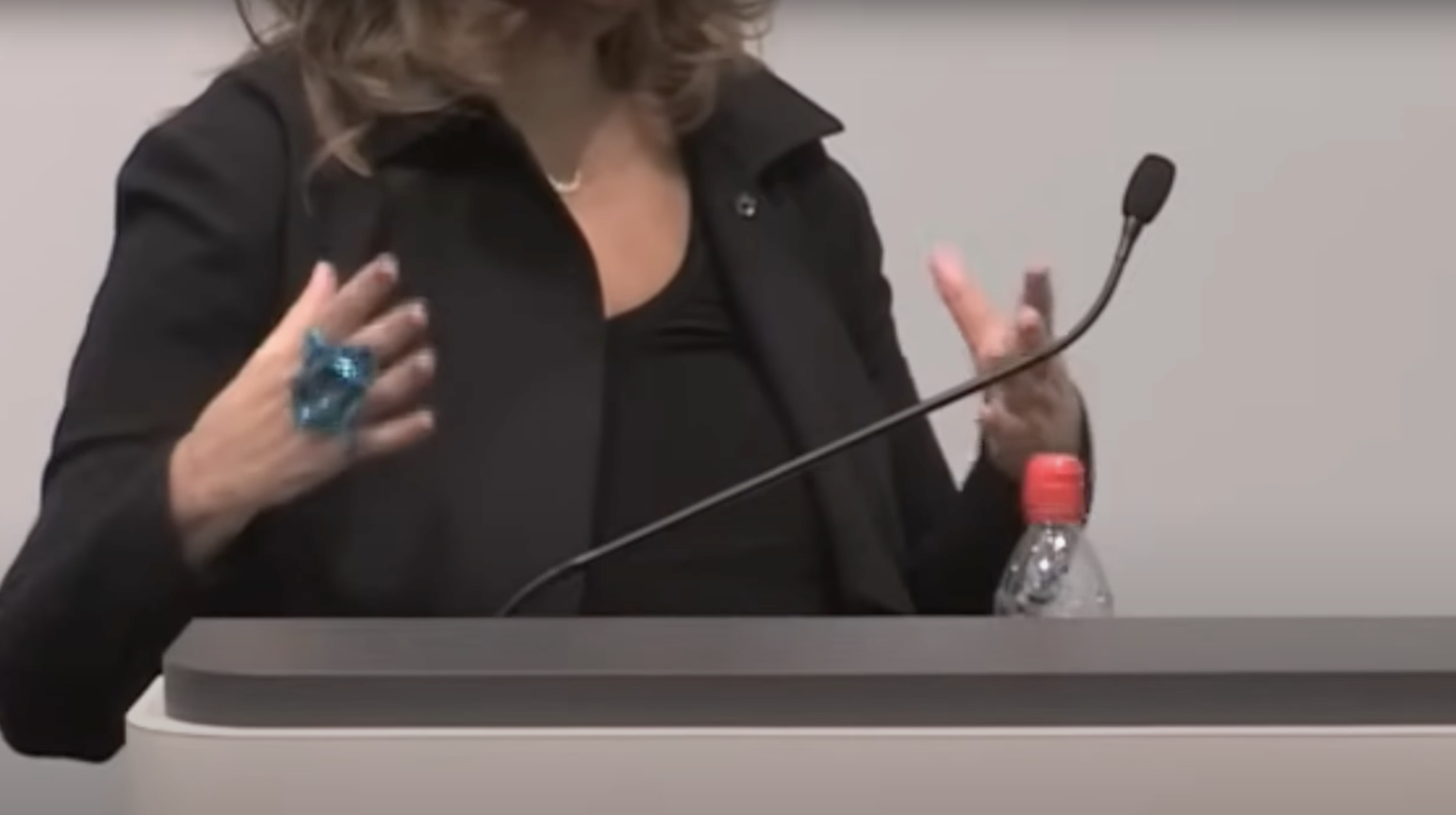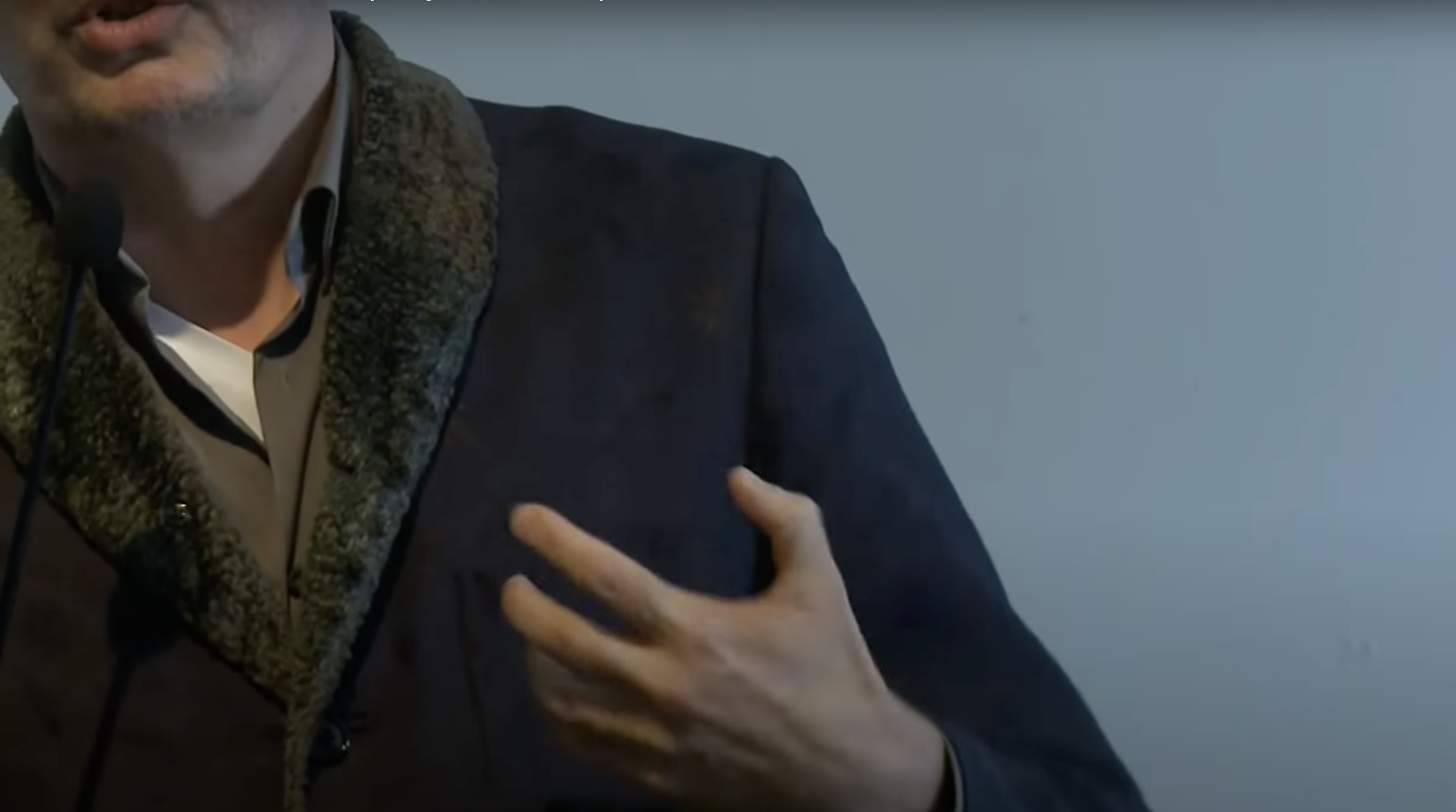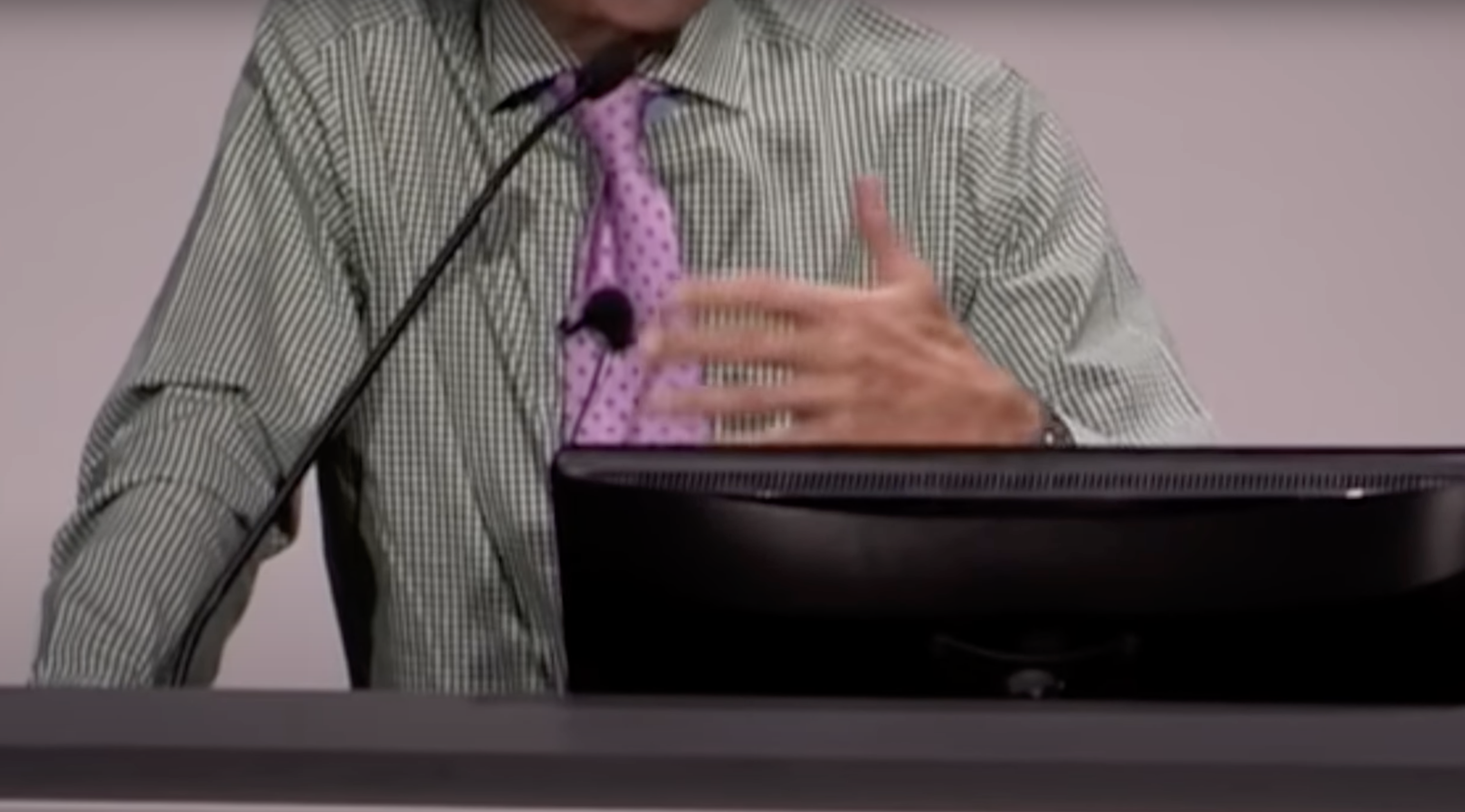










In 1923, Le Corbusier published Vers une Architecture,a manifesto advocating for the principles of modern architecture. Its
English translation, titled Towards a New Architecture, shortly after
incorporated the word 'new' into the headlines. This insertion not only marked
modernism’s fetish of the “new” but also warranted its appeal, leading to
increased attention and sales, as noted by architecture historian Reyner
Banham. Modernism's embrace of the "new" proved to be a compelling
marketing strategy.
In the centennial of Towards a New Architecture, the obsession with novelty continues; striving towards the latest trends, innovations, and alternatives. Architects, akin to ineffective politicians, frequently entice audiences and clients with promises of transformative change through new designs and concepts. The pursuit of novelty ranges—from viewing 'new' as the opposite of old, to its association with prosperity, quality, and goodness, and even to a 'new' assuming tabula rasa often stemming from a devaluation of the existing place—leading to a century-long quest with no definitive conclusion.
A hundred years in, I propose a cover featuring excerpts from lectures by practicing architects, each highlighting phrases containing the word "new." “new form of sensibility,” “new possibilities to make connections,” “together into a new, a new kind of hybridity…” and so forth. These approximately five-second excerpts are blended to forming a looping lecture, A New Lecture. Sometimes an adjective, other times a noun or just a filler word—architects emphasise the word “new” and its phrase differently each time, renewing a sense of comfort ensured by novelty to our modern selves .
See video above.
Photo Credit @David Dumitrescu
In the centennial of Towards a New Architecture, the obsession with novelty continues; striving towards the latest trends, innovations, and alternatives. Architects, akin to ineffective politicians, frequently entice audiences and clients with promises of transformative change through new designs and concepts. The pursuit of novelty ranges—from viewing 'new' as the opposite of old, to its association with prosperity, quality, and goodness, and even to a 'new' assuming tabula rasa often stemming from a devaluation of the existing place—leading to a century-long quest with no definitive conclusion.
A hundred years in, I propose a cover featuring excerpts from lectures by practicing architects, each highlighting phrases containing the word "new." “new form of sensibility,” “new possibilities to make connections,” “together into a new, a new kind of hybridity…” and so forth. These approximately five-second excerpts are blended to forming a looping lecture, A New Lecture. Sometimes an adjective, other times a noun or just a filler word—architects emphasise the word “new” and its phrase differently each time, renewing a sense of comfort ensured by novelty to our modern selves .
See video above.
Photo Credit @David Dumitrescu
Beta - the Timișoara
Architecture Biennale
Architecture Biennale
May 2024
Video Installation
Video Installation